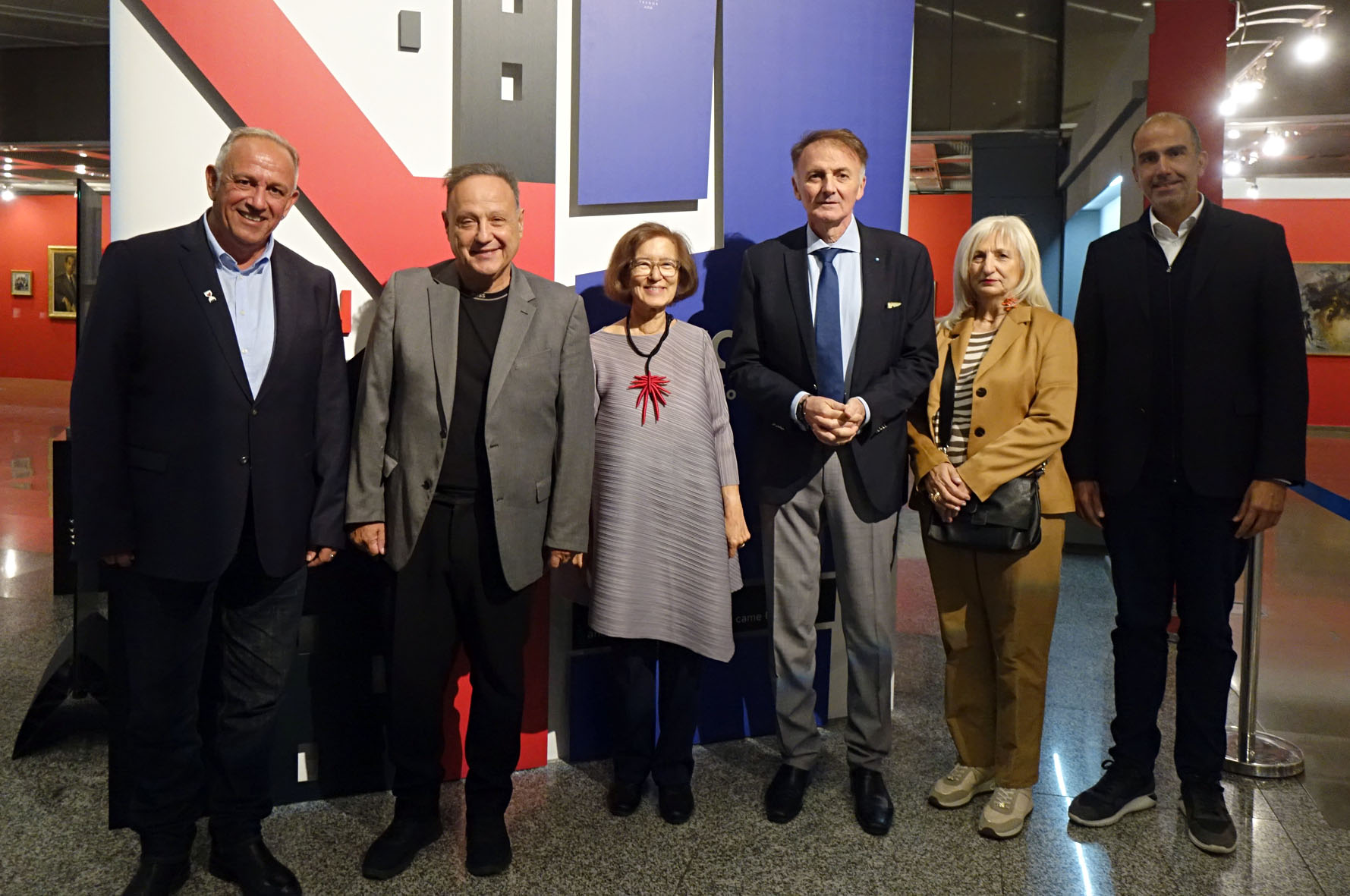
The anniversary exhibition “Art – Diagonios and the Museum that Never Was” is a shining beacon for the celebration of the first 25 years of an iconic cultural and educational landmark, the Teloglion Foundation, for Thessaloniki and, more broadly, for Northern Greece,” emphasized the Mayor of Thessaloniki, Stelios Angeloudis, at the opening of the exhibition at the Teloglion Foundation of Arts of the Aristotle University of Thessaloniki.
According to Mr. Angeloudis, “it is an honor for the city’s longest-running cultural institution, the ‘Dimitria‘ festival, to have included in its 60th anniversary celebrations a unique, exciting and fascinating artistic gathering that encapsulates the modern history of this city’s cultural journey in the second half of the 20th century.” The Mayor of Thessaloniki also said that “the Macedonian Artistic Society ‘Techni’ coexists creatively with the ‘Diagonios‘ of the ‘heretical’, you understand that I say this in quotation marks, Dinos Christianopoulos, and offers the city’s public over 600 works of art, the fruits of the artistic endeavors of more than two hundred creators.” Mr. Angeloudis also noted that “the Teloglion Foundation of Arts, the creative fruit of the selfless contribution of Nestor and Aliki Teloglou to Aristotle University and, more broadly, to the society of our city, is a life’s work and labour of love that has been at the forefront of art all these years, highlighting the inexhaustible cultural reserves of the only European city with 23 centuries of continuous urban life. This is our city.” In conclusion, the Mayor of Thessaloniki stated that “the Municipality of Thessaloniki sees the strengthening of this collaboration with the Teloglion Foundation as a starting point for attracting major cultural events of European significance to the city, as well as activities that will highlight promote and strengthen the political extroversion of Thessaloniki.”
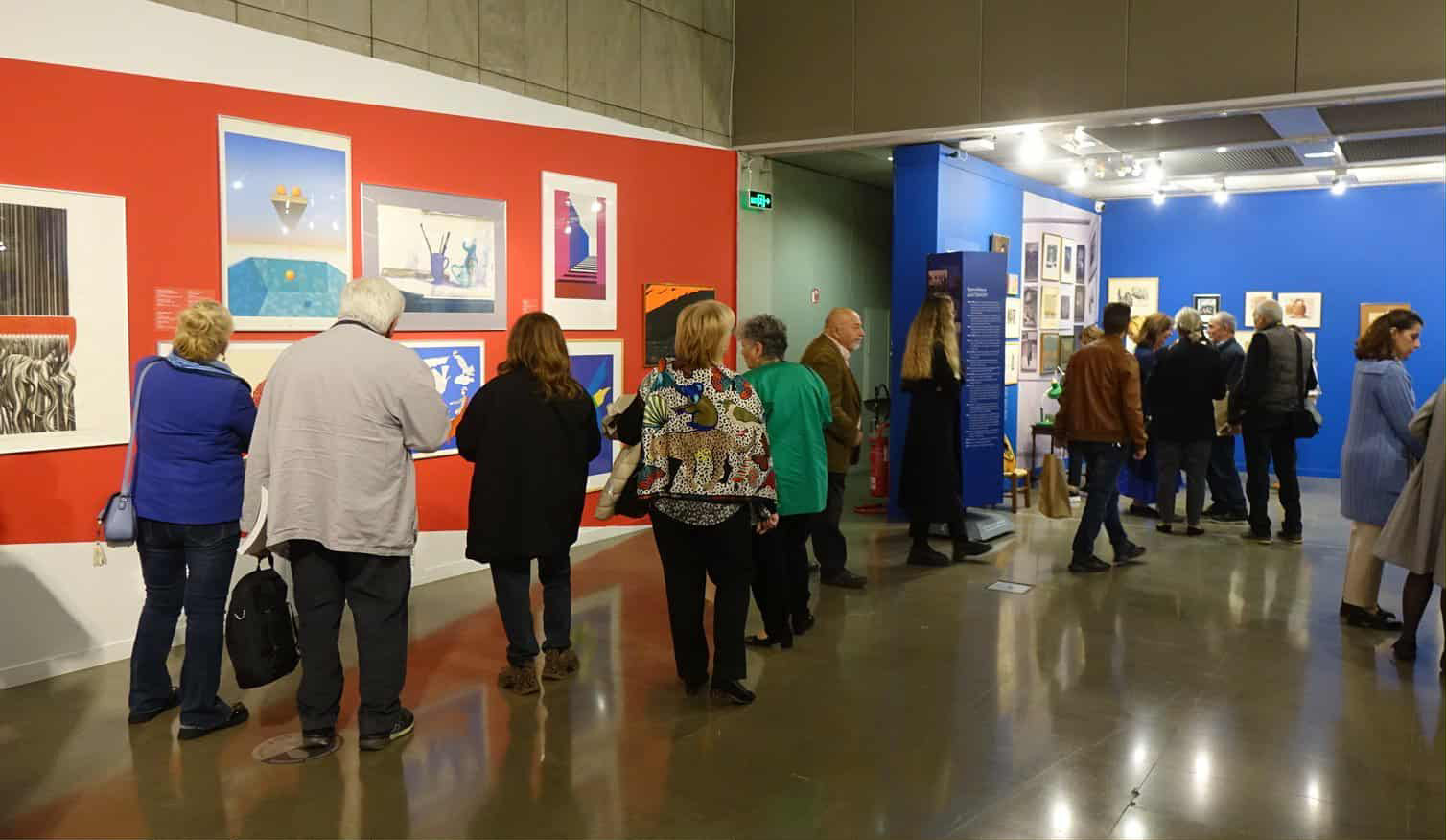
The exhibition is part of this year’s 60th anniversary celebrations of Dimitria – it kicked off the visual arts events . It offers a glimpse into Thessaloniki’s recent past, focusing on two art collections that currently form a cultural hub in the heart of the university campus and comprise a total of over 600 works and artifacts by more than 200 artists .
The general responsibility for the exhibition lies with Associate Professor at Aristotle University of Thessaloniki and General Director of the Teloglion Foundation Alexandra Goulaki-Voutyra, co-curated by Miguel F. Belmonte and Annareta Touloumtzidou with the support of curators Rafaela Nika and Nikos Vianas.
Students Lydia Kalogianni and Danae Mertzemeki from the Theater Department of the School of Fine Arts welcomed the guests to the opening and recited short excerpts from texts by Linos Politis on “Art” and Dinos Christianopoulos, from the perspective of “Diagonios.” Linos Politis noted in his text that “Art believed and proclaimed that art, artistic activity, is first and foremost a matter of education and that it fulfills this high educational purpose with the highest quality.” Dinos Christianopoulos, in his attempt to write a tragedy, stated in his prologue that “now that the curtain is slowly rising, indifferent to drama or comedy, come to the palace of Thebes. Find yourselves most hidden in Laius, Oedipus, and Jocasta… My ruined eyes, my damned past reveal and mercilessly remind me of my child’s pierced feet and a pile of children’s figures that torment me.”
At the opening ceremony, the Chairman of the Board of Directors of the Teloglion Foundation and Professor of the Department of Mechanical Engineering at the Polytechnic School of Aristotle University of Thessaloniki, Anestis Kalfas, welcomed the guests and pointed out that “today’s exhibition is not simply a celebration of the Teloglion Foundation’s journey, but also the fruit of valuable collaborations with the Region of Central Macedonia, the Municipality of Thessaloniki, the “Dimitria” festival, the Library and Information Center of Aristotle University of Thessaloniki. But also the city’s museums, private collectors, and donors who share with us the creation and preservation of memory. In this way, the Teloglion Foundation continues to serve the vision of its founders, Nestor and Alice Teloglis, to serve education, to strengthen the artistic creation of young people and to cultivate hope for a better future through the power of art. It is the vision of the Teloglion Foundation to spread this power of the city to other parts of the country and the world.
The representative of the Rector’s Office of Aristotle University of Thessaloniki and the Rector, Member of the Academic Staff, Professor of the Department of Medicine of the School of Health Sciences of Aristotle University of Thessaloniki, noted that “the Teloglion Foundation of Arts is celebrating its 25th anniversary this year, as part of the celebrations for the 100th anniversary of Aristotle University of Thessaloniki. During this time, it has developed a multidimensional, high-quality, and extroverted project, remaining faithful to the vision of its founders, Nestor and Aliki Teloglou. Strengthening the mission of the Teloglian Foundation of Arts is a priority for the Rector’s Office. A typical example is the exhibition “ART – DIAGONIOS and the Museum that never was”, focusing on Thessaloniki and modern Greek art. Beyond its exhibitions and educational programs, the Teloglion Foundation’s art collection, library, and archives constitute a valuable repository of knowledge and culture. Its study, protection, and promotion are the responsibility of all of us, the University and society.
The Deputy Minister of Culture, Iasonas Fotilas, representing the Prime Minister, the Government, and the Ministry of Culture, spoke in his opening address of “a cultural gathering at the Teloglion,” saying that “on the one hand, we have the 100th anniversary of the founding of Aristotle University of Thessaloniki, and on the other, the 25th anniversary of the Teloglion.” Mr. Fotilas emphasized that “the exhibition ‘Art – Diagonios, the museum that never was’ marks yet another unique encounter, that of two important cultural journeys condensed into two art collections. On the one hand, there is the cultural route of Art, the Macedonian Artistic Society, an artistic organisation that left its mark in the 1950s with great personalities and multifaceted work in a multitude of arts. On the other hand, we have the cultural journey of the “Small Gallery – Diagonios” of our beloved poet Dinos Christianopoulos, an important collection of paintings, engravings, and photographs. This, then, is our cultural constellation. The Deputy Minister of Culture emphasized that “this exhibition has special significance for Thessaloniki and for all of us, because it presents two representative phases of the cultural and intellectual activity of post-war Thessaloniki and illuminates its recent past in the most eloquent way through visual representation. And it is a particular pleasure that this is happening here, at the wonderful Teloglion Foundation, which is a living cell of cultural influence, with a reach that extends beyond Thessaloniki, Northern Greece, and the entire country. The Ministry of Culture continuously supports the Teloglion Foundation, one of the most important centers of culture and residential arts in Greece, recognizing its exceptional progress and crucial contribution to culture. After all, it is a permanent policy of the Ministry of Culture and Minister Lina Mendoni to support organizations with a strong offering and a distinct footprint throughout Greece.
The Deputy Minister of the Interior, responsible for Macedonia-Thrace issues, Konstantinos Gkioulekas, in his greeting referring to Thessaloniki, said that “if one searches the paths of culture and art, one will see that we have always lived in a springtime. The cultural spring of Thessaloniki has never faded.” He added that “there were simply periods of greater and lesser prosperity. During that period—the period of “Art” and “Diagonia”—the people whose works and artifacts we admire today, those 200 people and those 600 works included in the exhibition, lived in a city and were born in very difficult times. The city always provided the stimuli. This city is indeed a source of inspiration.
The Regional Governor of Central Macedonia, Athina Athanasiadou-Aidonas, emphasized that “the exhibition we are inaugurating today is a milestone for the cultural life of Thessaloniki, but not only that, but also for the whole of Central Macedonia. ‘Art’ and ‘Diagonios’, two defining creative forces that have shaped the cultural course of the city, come together for the first time under one roof. And what roof could be more appropriate than that of the Teloglion Foundation of Arts, a space that consistently and qualitatively serves culture. For us, the Region, it is a special honor to co-organize the exhibition together with leading institutions of the city. We aspire to this role, to be the institutional, stable, and essential supporter of all the major cultural institutions and efforts in our region. Investing in culture is a strategic choice for us.
At the opening ceremony, two short videos were shown that referred to the exhibition and the 25th anniversary of the Teloglion Foundation. An excerpt from the TV100 – Thessaloniki Municipal Television program “In the Land of Macedonia” was shown, in which Professor Emeritus of Aristotle University of Thessaloniki, Vaso Tokatlidou, answers questions from journalist Stelios Loukas about the contribution of “Art” to culture and Thessaloniki. In the same video, Dinos Christianopoulos explains in an interview with the magazine “Entefktirio” and journalist Giorgos Kordomenidis the history of “Diagonios,” its publications, and the “Small Art Gallery” in the city. A video by Anestis Iosifidis was also shown, featuring Teloglou Foundation executives and employees briefly describing how the Foundation operates. The video included archive footage from an interview with the late Aliki Teloglou on ERT, in which she refers to the role that art has played throughout history and the duty we all have towards young people and the younger generation through the promotion of education and culture. Aliki Teloglou states in her interview: “My concern is not about how culture will evolve. My concern is how much knowledge of art our young people will acquire in order to be ready for the new world that is dawning. Because our world, as you understand, is in decline. A new world is dawning. The new world will be created by young people. And in order for them to create it well, we must give them education in every form. And art is the most serious form of education. Because it beautifies the human heart, mind, and soul.”
Yannis Chrysafis, a veteran journalist at Kathimerini newspaper and one of the founders of the Friends of Teloglion Association, referring to the Foundation’s 25 years of operation, emphasized the practice that characterizes the Teloglion and its contributors, who choose with care, respect, and artistic sensitivity those parameters that yield the best possible result. This is exactly what you will see in our exhibition.” He added that the Teloglion Foundation was fortunate to have two inspired donors, Nestor and Aliki Teloglou. Furthermore, the connection of this institution to Aristotle University of Thessaloniki gave it not only the prestige of the country’s leading universities, but also the contribution of its academic potential.
Alexandra Goulaki-Voutyra, General Director of the Teloglion Foundation and Associate Professor at Aristotle University of Thessaloniki, emphasized that “we certainly do not want this exhibition to be a memorial. We want it to be an opportunity to become better acquainted with the work of very important artists who, unfortunately, have remained within the walls of the ‘Diagonios’ or have been forgotten. We tried to bring this to life and preserve this heritage.” She added that “throughout the preparation of the exhibition, my colleagues and I were amazed every day by the quality of artists we knew so little about. We remembered Christianopoulos saying, ‘you have to put the work on the wall to understand it.'” Ms. Goulaki-Voutyra pointed out the following about the exhibition: “In 1976-1977, the two associations, “Techni” and “Diagonios,” came together at 3 and 5 Stratigou Kalaris Street, which is essentially the main theme of today’s exhibition. It is also an extraordinary coincidence that today’s reality once again brings the two large collections together, now at the Teloglion Foundation. She concluded by saying, “I think they deserve to have a voice today and take their rightful place in the history of modern Greek art… In conclusion, I would say that we are talking about an exhibition that is not a memorial, but one that reminds us of principles and maps out problems that are still important for art today. Such as the relationship between the provinces and the center that still troubles us, the relationship between locality and internationalism, inclusion, female creativity, and many others that you will encounter very vividly and poignantly in the artists we present here.”
The opening ceremony was coordinated by Lazaros Theodorakidis, press officer for Teloglion.
It should be noted that throughout the duration of the exhibition “Art – Diagonios, the museum that never was” until February 2026, parallel events, workshops, activities, educational programs, and special guided tours will be held. The first special guided tour was conducted by Ms. Alexandra Goulaki-Voutyra last Sunday, followed by a lecture by Periklis Sfyridis, coordinated by Professor Sotiria Stavrakopoulou of the Department of Philology at Aristotle University of Thessaloniki, Sotiria Stavrakopoulou, on the days of the “Diagonios” and Dinos Christianopoulos.

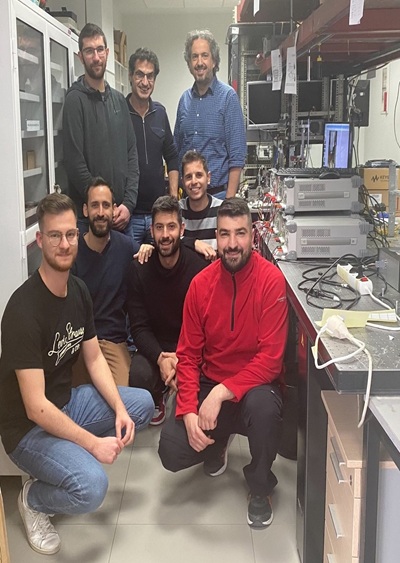
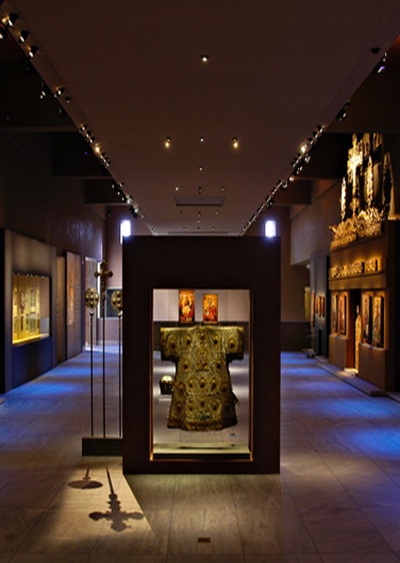
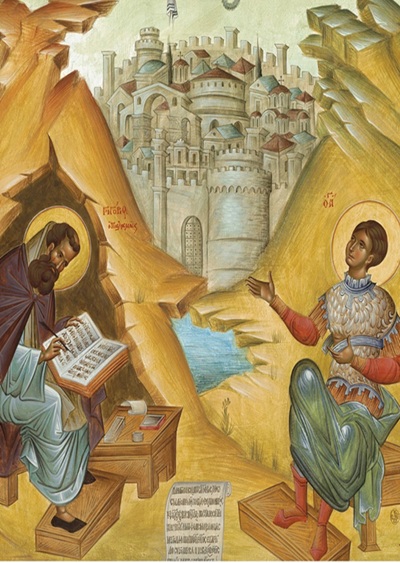



Leave A Comment